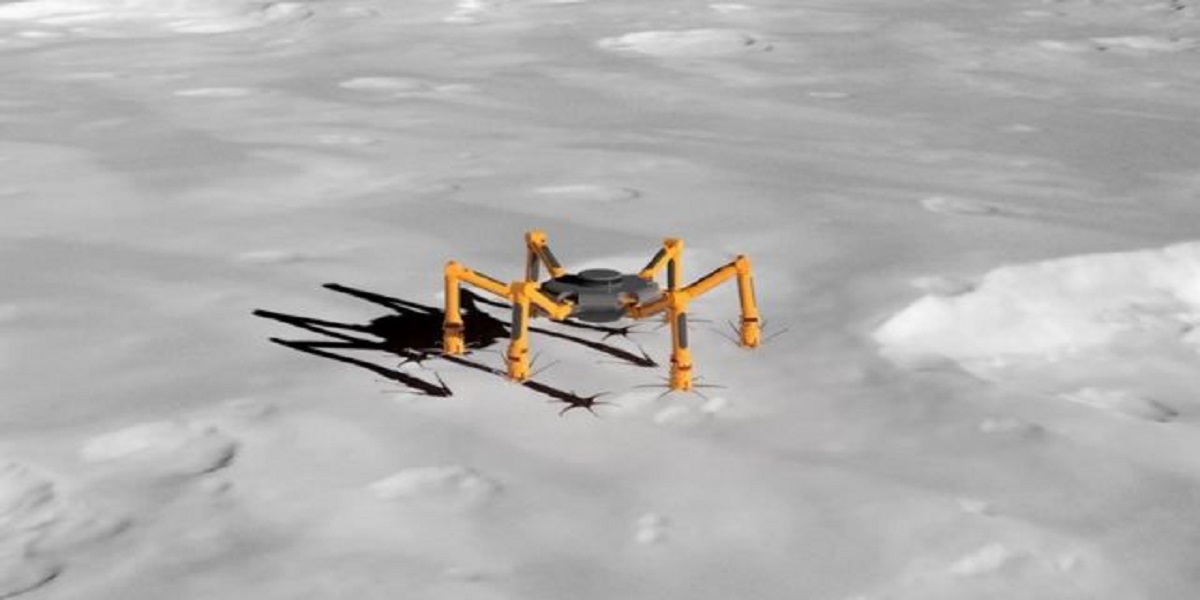Can asteroids provide Earth’s future resources?

Mitch Hunter-Scullion explains Scar-e, the Space Capable Asteroid Robotic Explorer, a six-legged robot that he plans to send to an asteroid to drill for rich metals including iron, nickel, and platinum.
“They essentially hold on to the side of the asteroid for dear life as it screams through the solar system.”
Metal-rich minerals such as platinum will be required to help manufacture hydrogen as we shift to greener energy sources.
In addition, it will become more important for phones, laptops, and automobiles.
People are increasingly looking to space to meet this increased demand because there is a finite supply on Earth.
This is where Scar-e enters the picture.
Its formidable claw, developed in collaboration with Japan’s Tohoku University, should hold an asteroid in space and prevent it from flying away.
The way tarantulas cling to walls served as inspiration.
The Asteroid Mining Corporation was founded by Mitch (AMC).
He admits that accomplishing such a feat is still a long way off.
“I am terrified of spiders”, Mitch says, “so I thought that was quite appropriate.”
It would include not only landing robots on a rock, but also remotely constructing mining infrastructure and returning the resources to Earth.
But it’s understandable why he and others would want to try it.
Is it a platinum mining rush?
Asteroids are made of the same material as the rest of our solar system’s rocky planets, which means they’re rich in the same precious minerals that humans go to tremendous distances to harvest on Earth.
Finding enormous concentrations of platinum on an asteroid, for example, “would allow humanity to begin innovating in a way we haven’t done in quite some time,” Mitch adds.
Prof John Bridges, a University of Leicester scientist participating with the Hayabusa2 expedition, argues that acquiring resources from asteroids is a different difficulty than getting them from Earth.
This is due to the fact that these tiny, inert space rocks have not been subjected to the same geological processes as their enormous planetary cousins.
“They haven’t gone through the… melting, volcanism and mountain forming, which act to concentrate some of the elements in particular parts of the crust. So that’s why on Earth we can have a mine [in a particular place] to extract rare earth elements.”
Read More News On
Catch all the Business News, Breaking News Event and Latest News Updates on The BOL News
Download The BOL News App to get the Daily News Update & Live News.